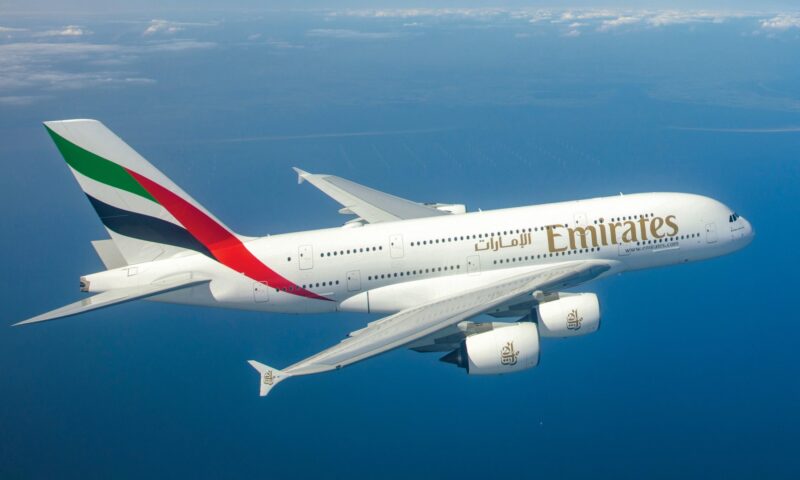Emirates posts $1.1bn loss, moves to improvement
By Favour Nnabugwu
Emirates Group released its 2021 full-year results, reporting a loss of AED 3.8 billion ($1 billion) on total revenue of AED 66.2 billion ($18.1 billion).
In 2020-2021 (April-March), the group lost AED 22.1 billion ($6 billion) on revenue of AED 35.6 billion ($9.7 billion).
The Emirates result is a vast improvement from last year, with revenue jumping by 86 percent. However, there is still a long way to reach pre-COVID 2018/19 revenue of AED 109 billion and a profit of AED 2.3 billion. The airline closed the financial year with cash assets of AED 20.9 billion ($5.7 billion), 38 percent higher than at March 31, 2021.
Emirates continued to add more passenger and freight capacity during the year. It carried 19.6 million passengers, up from 6.6 million from last year, added its last five Airbus A380 aircraft and invested $2.2 billion in new aircraft.
By the end of March, all of Emirates’ Boeing B777s and half of its A380s had returned to service. Its fleet totaled 262 aircraft with an average age of 8.2 years, and another 197 aircraft, including 30 Boeing B787s, have been ordered.
The airline operates to more than 140 destinations, 29 with A380 aircraft. It reinforced strategic partnerships with Qantas and flydubai, widening travel choices to and from Dubai. Emirates also expanded partnerships with airlines, including Aeromar, airBaltic, Azul Airlines, South African Airways and TAP Air Portugal.
Chairman and chief executive of Emirates, Sheikh Ahmed bin Saeed Al Maktoum said this year focused on restoring operations, and the recovery picked up pace in the second half of the year.
“Robust customer demand drove a huge improvement in our financial performance compared to our unprecedented losses of last year and we built up our strong cash balance.”
Sheikh Ahmed expects the group to return to profitability in 2022-23 but is cautious of headwinds that could impact that. These are high fuel prices, inflation, new COVID variants and political and economic uncertainty.
Emirates SkyCargo contributed $5.9 billion or 40 percent of the airline’s transport revenue, a 27 percent increase over 2020/21. Emirates is adding two Boeing 777F Freighters and converting four existing B777-300ER aircraft into freighters, a total investment of $1 billion. The SkyCargo fleet operates ten Boeing B777F aircraft.
As flight and travel activity increased, so did the fortunes of dnata, which turned a profit of AED 110 million ($30 million). Its revenue jumped by 54 percent to $2.3 billion, with 62 percent coming from its international business. dnata saw good growth from airport operations, catering, travel services and its airport hospitality brand, marhaba. The catering arm uplifted more than 39.9 million meals, more than double the last year, as airlines across the world resumed operations.
Emirates has delivered a robust set of numbers, a pattern likely to be repeated as airlines produce their annual reports. Interestingly, everything is compared to 2020/21, which was such a low point that this year’s results were always going to improve.
With borders essentially reopened and travelers returning, the challenge for Emirates is to do better than it did in 2018/19. The coming twelve months will tell where the airline group is headed.

